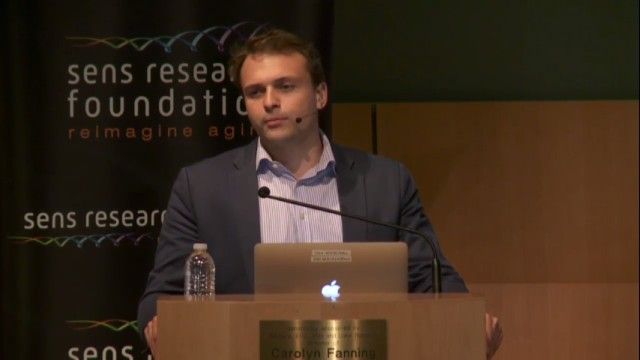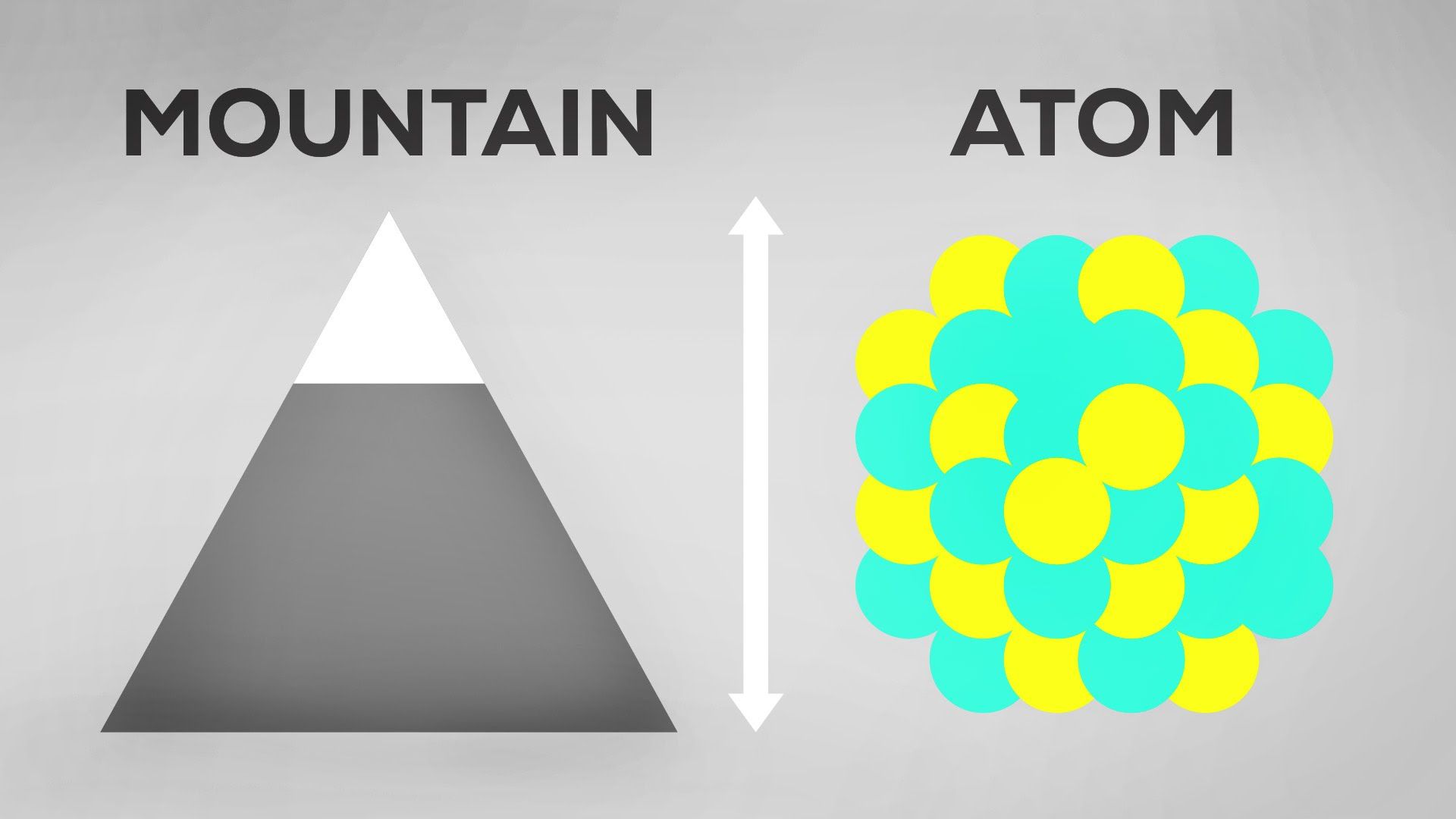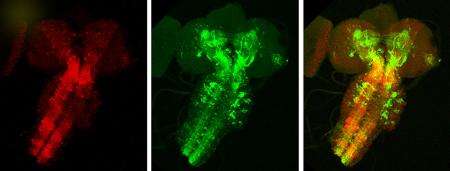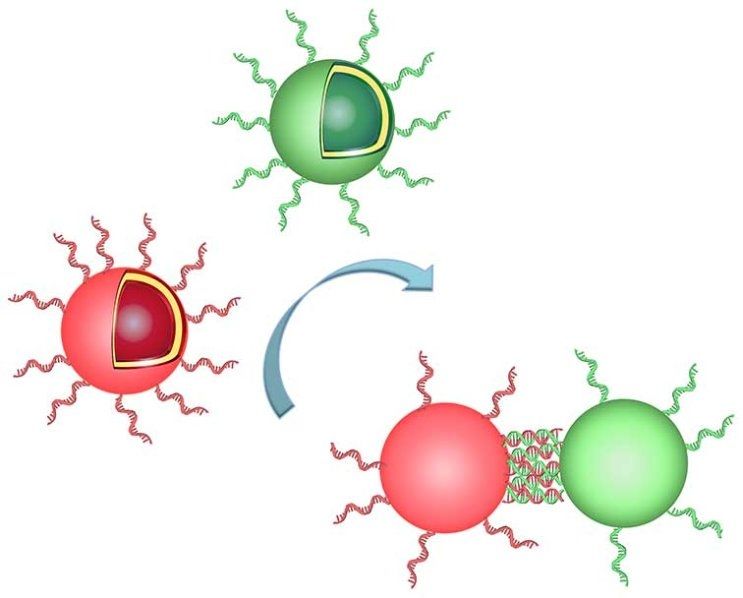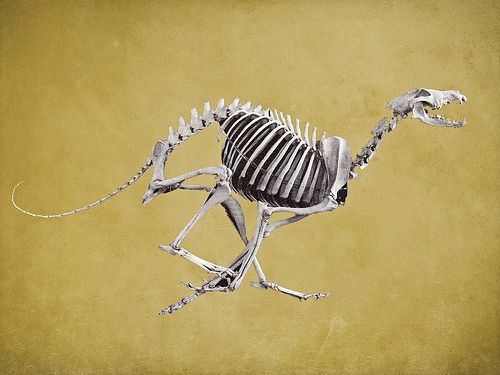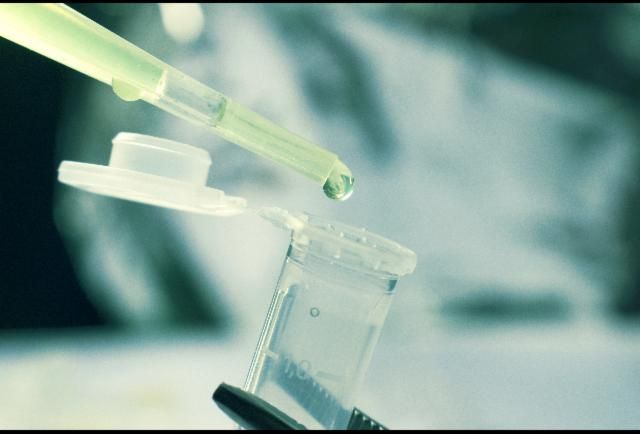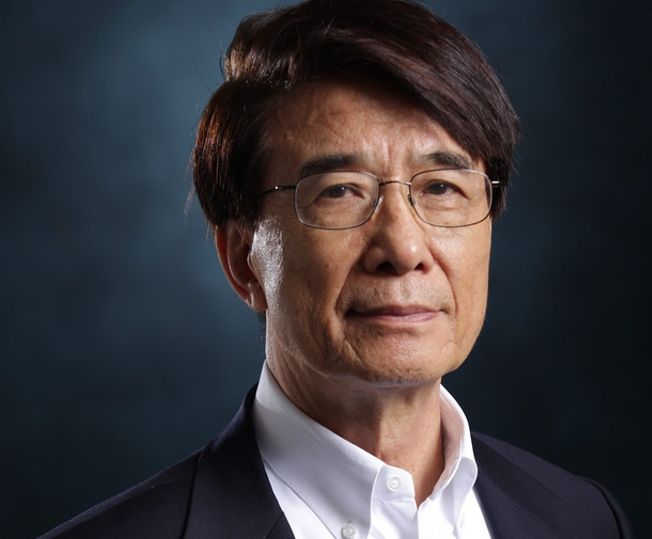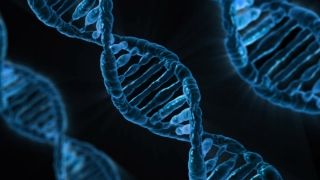The SENS Research Foundation launched the new Alliance Program in January and important step towards the kind of future we would all like to see.
SRF Director of Alliances David Brindley returned to the stage to introduce our new Alliance Program, launched in January 2016 with an initial $500,000 grant from SRF and building on David’s experience managing the successful CASMI Translational Stem Cell Consortium. Although SENS research to date has produced very promising pre-clinical results, the novelty and disruptiveness of the platform means that many of the therapies we propose currently lack a clear path to the market. The Alliance Program is designed to streamline that process in partnership with existing public and private entities worldwide, particularly by funding PhD and post-doctoral fellowships addressing specific translational needs.
